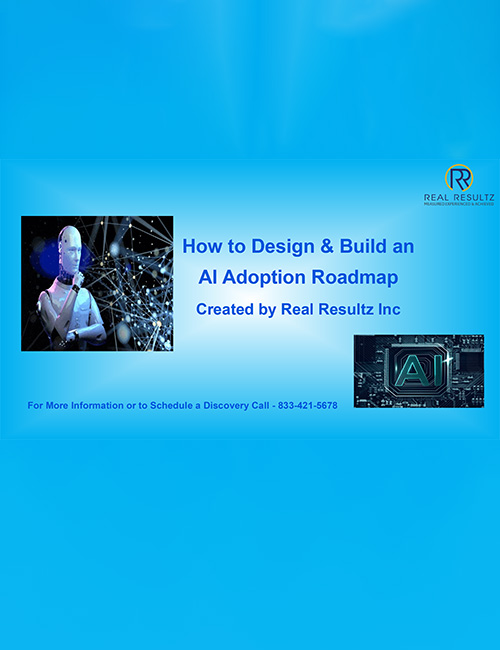Contact centers play a pivotal role in customer service and engagement, serving as a crucial interface between businesses and their clients. With the rapid advancements in technology, particularly in artificial intelligence (AI), contact centers have undergone significant transformations to enhance efficiency, improve customer experience, and streamline operations.
One of the latest AI technologies revolutionizing contact centers is natural language processing (NLP). NLP enables contact centers to understand and respond to human language, allowing for more sophisticated and context-aware interactions. Virtual assistants powered by NLP can handle routine queries, freeing up human agents to focus on more complex and nuanced customer issues. This increases efficiency and contributes to a more seamless and personalized customer experience.
Machine learning algorithms are another critical component of AI in contact centers. These algorithms analyze historical customer interactions to identify patterns and predict future customer needs. This predictive analytics capability helps in proactive issue resolution and enables contact centers to anticipate customer requirements, enhancing overall service quality.
Real-time sentiment analysis is yet another AI-driven technology transforming contact centers. By analyzing customer emotions during interactions, contact centers can gauge satisfaction levels and take immediate action to address concerns or issues. This empowers agents to tailor their responses based on the customer's emotional state, leading to more empathetic and effective communication.
Chatbots are increasingly becoming a staple in contact centers, providing instant responses to customer queries and handling routine tasks. Powered by AI, chatbots can simulate natural conversation, making them often indistinguishable from human agents. This not only improves response times but also ensures 24/7 availability, catering to the demands of a global customer base.
Furthermore, AI-driven analytics tools offer valuable insights into contact center performance and customer behavior. By leveraging big data analytics, businesses can identify trends, optimize processes, and make informed decisions to enhance overall operational efficiency.
Despite the integration of AI technologies, human agents remain essential in contact centers. AI works collaboratively with human agents, augmenting their capabilities rather than replacing them. This collaborative approach ensures a balance between automation and the human touch, delivering a customer-centric experience that combines efficiency with empathy.
Additional features like Omni Channel, Workforce Management, Gamification, and Voice Enhancements significantly impact the contact center landscape, enhancing operational efficiency, improving agent performance, and ultimately elevating the overall customer experience.
Features like Omni Channel, Workforce Management, Gamification, and Voice Enhancements significantly impact the contact center landscape, enhancing operational efficiency, improving agent performance, and ultimately elevating the overall customer experience.
- Omni Channel:
- Customer Convenience: Omni-channel capabilities enable customers to interact seamlessly across various channels such as voice, chat, email, and social media. This ensures a consistent and integrated experience, allowing customers to switch between channels without losing context.
- Unified Communication: Agents can access a unified view of customer interactions, regardless of the channel. This leads to more informed responses and better issue resolution, as agents have a comprehensive understanding of the customer's history.
- Workforce Management:
- Optimized Scheduling: Workforce Management systems use data analytics to forecast call volumes and schedule agents accordingly. This leads to improved resource allocation, reducing customer wait times and minimizing agent idle time.
- Performance Monitoring: Workforce Management tools enable real-time monitoring of agent performance. Supervisors can track key performance indicators, identify areas for improvement, and provide timely feedback to enhance productivity.
- Gamification:
- Motivation and Engagement: Gamification introduces game-like elements to the contact center environment, such as rewards, competitions, and performance metrics. This fosters a sense of competition among agents, boosting motivation and engagement.
- Skill Development: Gamification can be used as a tool for continuous learning and skill development. Agents can earn rewards by completing training modules or achieving specific performance targets, contributing to their professional growth.
- Voice Enhancements:
- Speech Analytics: Voice enhancements, including speech analytics, enable contact centers to analyze recorded customer interactions. This provides valuable insights into customer sentiment, agent performance, and areas for improvement.
- Voice Recognition: Advanced voice recognition technology facilitates seamless interactions through voice commands and automated responses. This enhances the customer experience and streamlines processes for faster issue resolution.
These features collectively contribute to the transformation of contact centers in the following ways:
- Enhanced Customer Experience: Omni-channel capabilities ensure customers can choose their preferred communication channel, leading to a more personalized and convenient experience.
- Operational Efficiency: Workforce Management optimizes staffing levels, reducing costs and improving the overall efficiency of contact center operations.
- Agent Productivity: Gamification and voice enhancements motivate agents and provide them with tools to enhance their performance, contributing to higher productivity and job satisfaction.
- Data-Driven Decision-Making: These features provide contact centers valuable data and insights, enabling informed decision-making and continuous improvement.
In conclusion, the integration of the latest AI technologies, Omni Channel, Workforce Management, Gamification, and Voice Enhancements is instrumental in redefining customer service by enabling more efficient, personalized, and proactive interactions, shaping modern contact centers, making them more adaptive, efficient, and responsive to the evolving needs of both customers and agents. As businesses continue to embrace these advancements, the future of contact centers will likely be characterized by a harmonious blend of AI-driven automation and human expertise, ultimately delivering superior customer experiences.
To answer these types of questions, Microsoft commissioned a global study through IDC that surveyed over 2,000 business leaders across the C-suite who are responsible for bringing AI transformation to life at their organizations. The study shows that AI has real tangible benefits, Taylor says. According to IDC's research, for every $1 companies invest in AI, they realize an average of $3.5 in return, and 5% of organizations worldwide realize an average of $8 in return. Taylor refers to these organizations as “leading adopters.”





